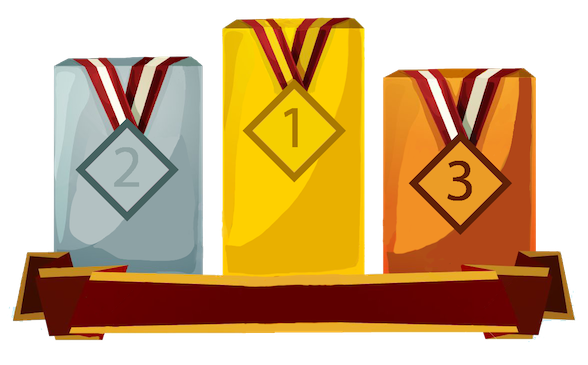The Kanshudo Blog
Usefulness updates, shadow JLPT badges and more
Posted: 2021-10-22,
Tags:
usefulness
jlpt

Since we introduced the usefulness ranking for Japanese vocabulary four years ago, the most comprehensive analysis of Japanese usage available, we have made many improvements. We now use close to 30 ranking factors to determine how useful words are for Japanese learners in relation to each other, and which form of each word is most useful.
Words with a usefulness level of 9 or better are amongst the most useful 50,000 words in Japanese, and have a colored badge in search results, eg: .
Many useful words have multiple forms, and less common forms have a badge that looks like this: .
Of course, as we have added more data and analysis, the usefulness ratings of many words has changed somewhat. The badges update automatically, but our usefulness collections are a 'snapshot' of the list, and we have now updated the collections to reflect the latest data. You can still access the original collections if you need to. You can also search for words by usefulness level with the special ufn: keyword, for example: ufn:2.
The details of our methodology are set out in depth in our comprehensive how-to guide, How to prioritize Japanese words to study.
Finally, we have added a new 'shadow' JLPT badge. A standard JLPT badge indicates that a word appears in the Wikipedia JLPT vocab list, which in turn was based on the Tanos list. Standard badges look like this: .
However, in many cases, the word in the Wikipedia / Tanos list is not the most useful form of the word. We generally recommend that you learn the most useful form of a word first (and that form is most likely to be tested in the JLPT), so we have now added a lighter colored JLPT badge to the other forms of each word that appears in the JLPT list, which looks like this: .
See for example the entry for . The kana form is the one you will encounter most commonly, and the one we recommend you learn first. However, the kanji form 駄目 appears in the list for JLPT N3, even though the kanji 駄 is not one you would be expected to know until you reach JLPT N1 (the highest level).
Kanshudo is your AI Japanese tutor, and your constant companion on the road to mastery of the Japanese language.
To get started learning Japanese, just follow the study recommendations on your Dashboard.
You can use Quick search (accessible using the icon at the top of every page) to look up any Japanese word, kanji or grammar point, as well as to find anything on Kanshudo quickly.
For an overview, take the tour.
